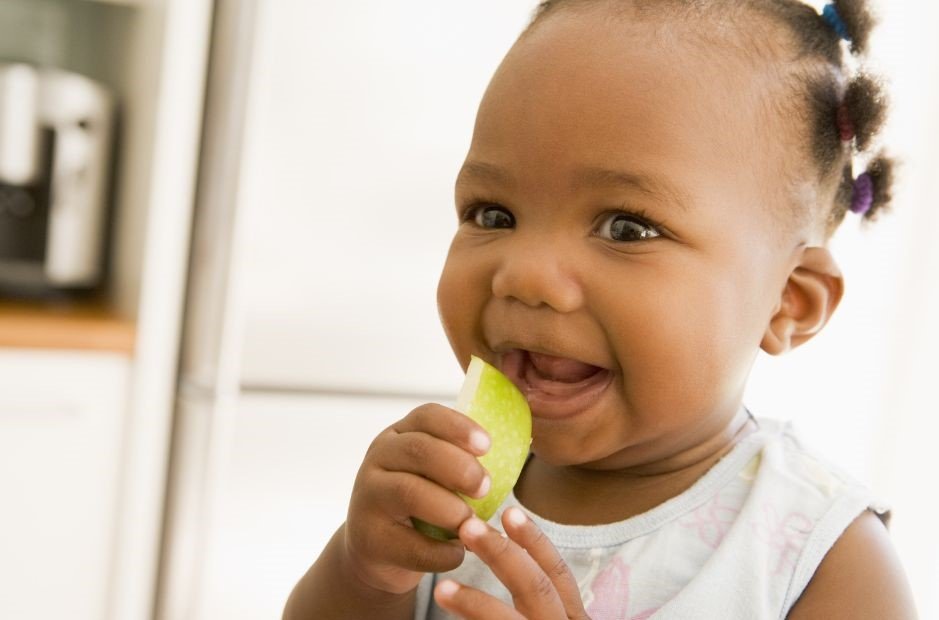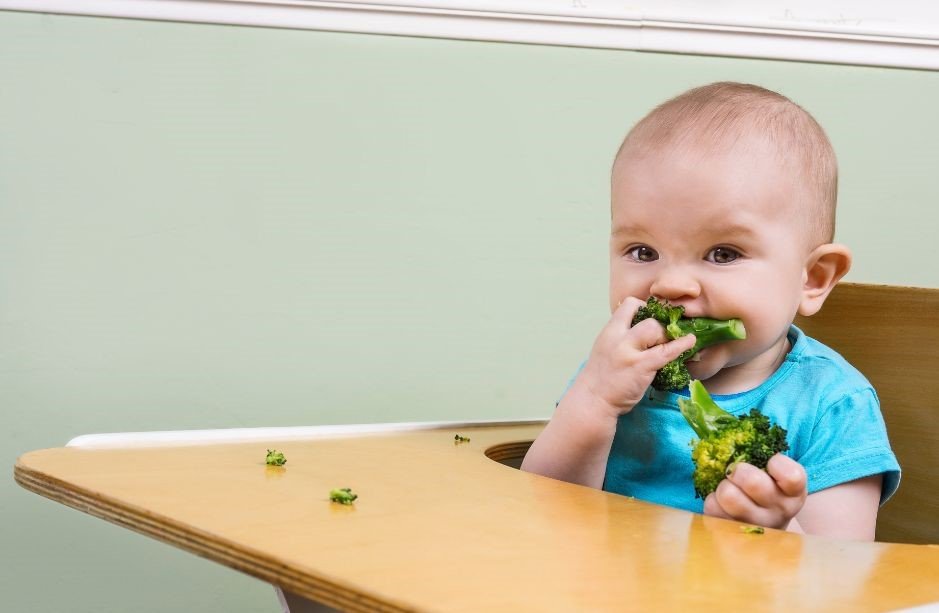What is Adapted Baby Led Weaning (ABLW)?
My experience with Baby Led Weaning (BLW)
As a registered dietitian, I’ve worked in pediatric nutrition for almost 15 years. At first, I didn't know what BLW was. When I learned about BLW, I started encouraging people to do it and warned them about the contraindications (Downs syndrome, tongue-tie, lip-tie, developmental delays, food aversions, prematurity, etc.). I have now discovered Adapted Baby Led Weaning (ABLW), which makes self-feeding possible for all babies.
As healthcare professionals, it is important to stay up to date with the latest scientific research.
Our practice is constantly evolving.
WARNING!
There is currently no official guidance on how to introduce solid foods to babies with developmental delays and feeding challenges. By sharing this information with you today, my objective is to open a discussion about the contraindications to BLW: Can all babies self feed? If so, how can health professionals safely guide parents into doing so?
First off: What is BLW?
The idea of offering purees with a spoon to a baby as their first food is a new concept in human history. However, many people can’t imagine doing otherwise. With time, our approach to introducing solid food has evolved and is still evolving. It was in 2004 that the concept of BLW was introduced. Coined by Gill Rapley, author of the book “Baby-led Weaning, The Essential Guide”, BLW consists of offering pieces of food starting at six months of age and letting the baby self-feed.
Not all healthcare professionals agree on BLW, but it’s gaining popularity.
According to new scientific studies on BLW, this approach has many possible advantages including:
Variety of foods, colours and textures (Neves 2020)
Reduction of food selectivity (Boswell 2021, Fu 2018)
Better control of hunger and satiety cues (Arantes 2018, Boswell 2021, Gomez 2020, Neves 2020)
Earlier self feeding (Arantes 2018)
Development of oral motor skills and improved jaw strength (Boswell 2021, Neves 2020)
Better hand-to-mouth coordination (Neves 2020)
Better fine and global motor skills (Arantes 2018)
Sensory stimulation (Gomez 2020)
More meal sharing with the family (Arantes 2018, Neves 2020, Webber 2021)
More fun eating (Boswell 2021)
These are some of the possible advantages that are bringing more and more healthcare professionals to teach BLW to their clients.
Here is a baby self feeding with baby led weaning
What is Adapted BLW (ABLW)?
Even though BLW is more accepted among healthcare professionals, many fear the risk of choking and do not recommend this approach with premature babies, with a tongue-tie, with developmental delays, etc. In 2010, Jill Rabin, SLP and certified IBLCE lactation consultant, introduced the concept of ABLW. This approach consists of adapting traditional BLW to the special needs of neurodivergent babies.
ABLW uses transition devices like silicone feeders to facilitate the transition toward self-feeding. Here are two examples of transition devices:
Here is a baby mesh feeder that can be used as a transition device
Here are Num Num Gootensils in silicone that can be used as a transition device
Even if the baby presents motor or feeding difficulties, they can still learn to self-feed with ABLW. Babies that can benefit from this approach include those with:
Neurodiversity
Downs syndrome
A diagnosis
Sensory difficulties: taste, texture, touch, smell
Prematurity
Severe oral aversion
Complex past medical history
Prolonged tube feeding
History of reflux and vomiting
Difficulty chewing
Difficulty swallowing
Motor difficulties
Allergies
A history of gastrointestinal symptoms
Etc.
All babies can benefit from ABLW.
Jill Rabin (https://www.jillrabin.com and https://www.instagram.com/jillrabinablw) and Gill Rapley describe ALBW in their new book published in 2022 called “Your Baby Can Self-Feed, Too”. A must read!
The parent can adapt BLW by facilitating: helping the baby bring the food to their mouth.
This illustrates the use of transition devices like a loaded spoon.
Training for health professionals about ABLW
Are you interested in learning more about ABLW and BLW?
Do you want access to pre-made material to teach your own BLW workshops?
Do you want to discuss BLW with other healthcare professionals?
If you answered yes to one or more of these questions, I invite you to join the Starting Solid Network from the Healthly Institute which is composed of more than 150 healthcare professionals in 15 countries. The Starting Solids Network currently includes 25 hours of online training approved by the Commission of Dietetic Registration (CDR). By joining the Starting Solids Network, you will become confident about BLW and purees, iron and veganism, sensory difficulties, allergens, the impact of tongue-ties on starting solids, growth curves and ABLW.
In 2022, it is now time to re-evaluate the contraindications to BLW. What are the most recent scientific studies revealing? Can we adapt BLW to all babies (the answer is yes!)?
Join the Starting Solids Network to get all your questions answered.
References
Arantes A et al. (2018). The Baby-led Weaning Method (BLW) in the Context of Complementary Feeding: A Review. Revista Paulista de Pediatria 36, no. 3 (2018): 353–63.
Boswell, N. (2021). Complementary feeding methods - a review of the benefits and risks. International journal of Environmental research and public health. 18; 7165.
Fu X, Conlon CA, Haszard JJ, Beck KL, von Hurst PR, Taylor RW, Heath AM. (2018) Food fussiness and early feeding characteristics of infants following Baby-Led Weaning and traditional spoon-feeding in New Zealand: An internet survey. Appetite. 2018 Nov 1;130:110-116.
Gomez, MS, et al. (2020). Baby-led weaning, an overview of the approach to food introduction: integrative literature review. Rev Paul Pediatr. 38; e2018084.
Neves et al. (2020). Brazilian health professionals’ perception about the baby-led weaning (BLW) method for complementary feeding: an exploratory study. Rev Paul Pediatr. 2022;40:e2020321.
Webber, Charlotte, et al. (2021) “An Infant‐Led Approach to Complementary Feeding Is Positively Associated with Language Development.” Maternal & Child Nutrition, vol. 17, no. 4, 2021.







